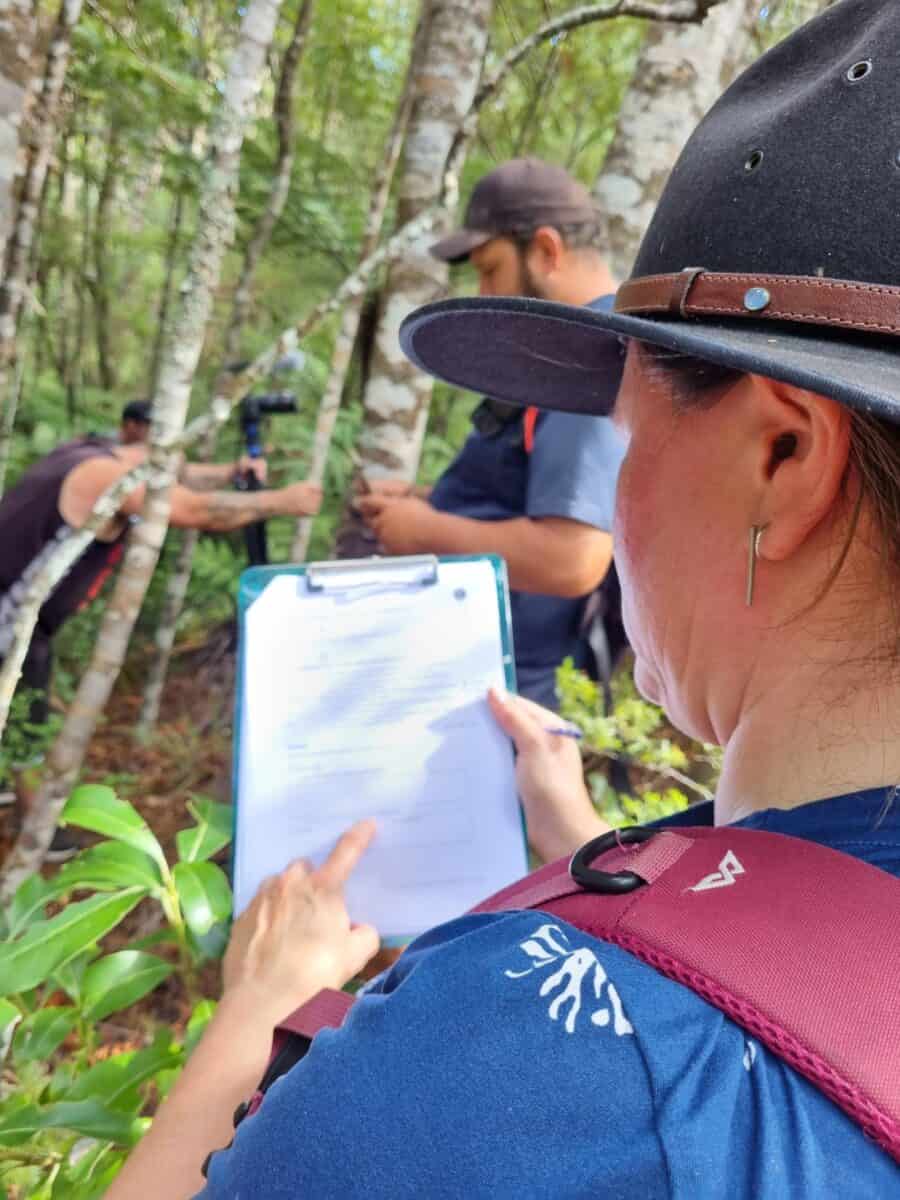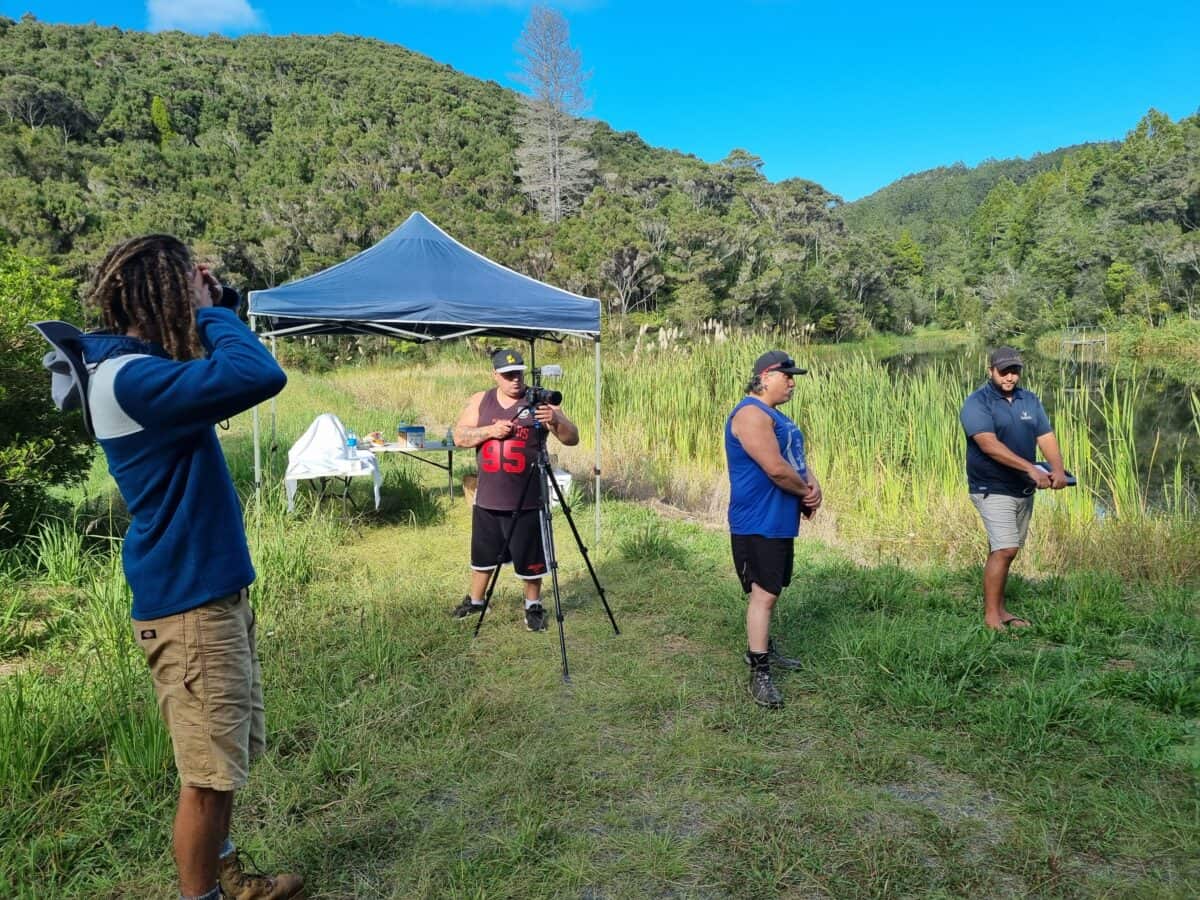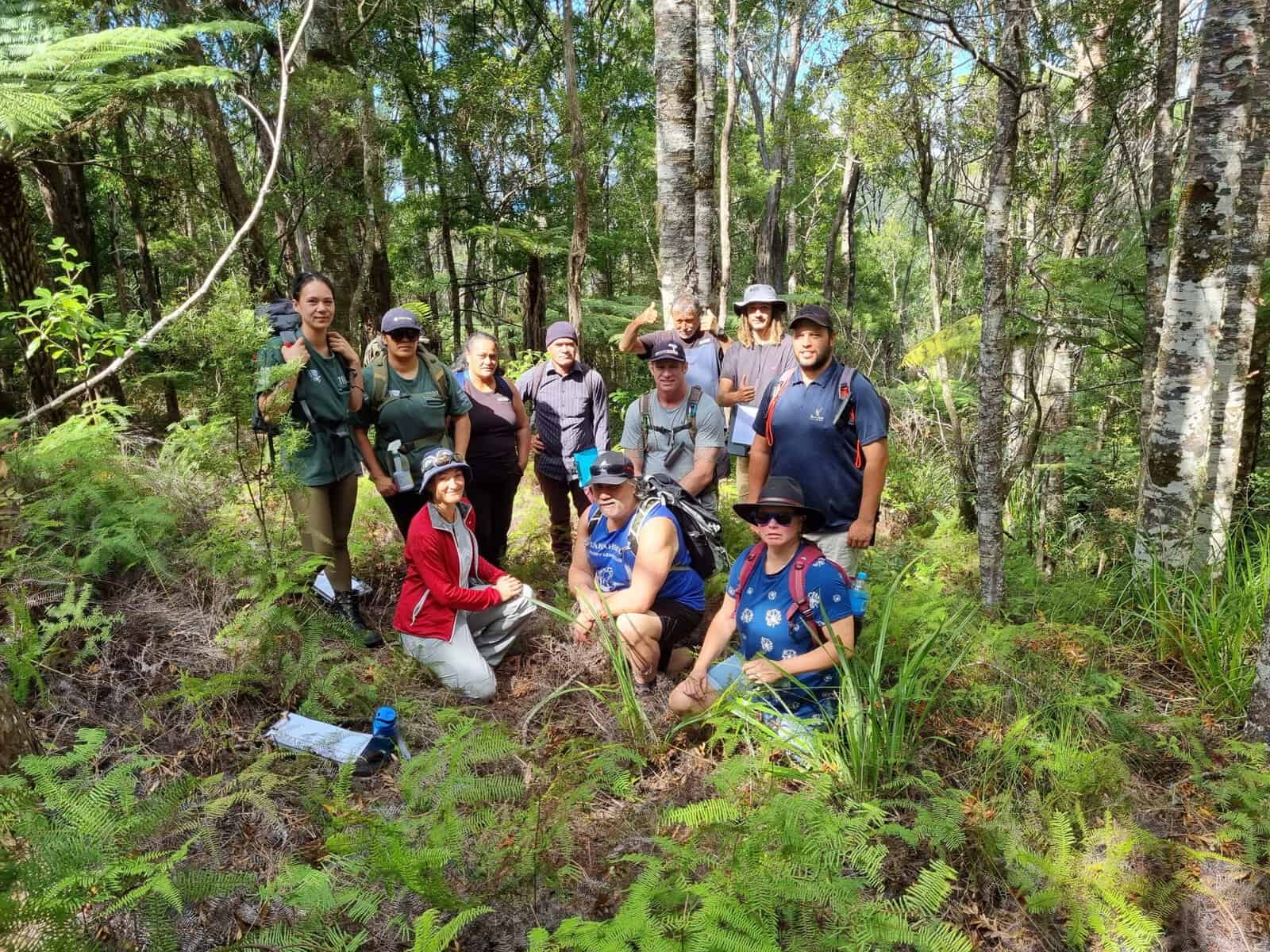Kiri Reihana (Ngāpuhi, Te Rarawa, Ngāi Tūhoe, Whakatohea), a University of Waikato PhD student and kairangahau – Māori scientist for Manaaki Whenua–Landcare Research, has become a specialist in the development of cultural indicators. In 2017, she was part of a team who developed a set of cultural indicators to help mana whenua conduct freshwater monitoring from a Māori perspective. She was then asked to develop a similar tool for the Ngāti Rangi iwi at the foot of the southern slopes of maunga Ruapehu.
“For Ngāti Rangi, we did a ngahere ora framework to understand the health of the forest by evaluating that health using their own perspectives and values,” says Kiri.
The framework Kiri co-developed with Ngāti Rangi was in their dialect and reflected their specific world view. This framework has been useful for measuring tangible and intangible forest health concepts, like the presence of rongoā (medicinal plants) and te mana o te wai (the mana of the water). This new approach to collecting forest health data gives more agency to kaitiaki.
“Iwi are really wanting to capture their own data and present it in their own way so that they can contribute to decision-making around their own resources,” says Kiri.
The Control, Protect, Cure team recognised the value of this framework and asked Kiri if she could tailor it to the kauri ora and myrtle ora space.

After translating the framework she had developed with Ngāti Rangi into a more generic dialect, she workshopped it with mana whenua in the North Island who are kaitiaki of forests with kauri and myrtles (plants in the Myrtaceae family).
“I facilitated regional meetings to introduce the tool, how it came about, what it’s trying to achieve, and what we’re trying to capture with it,” says Kiri.
After introducing the tool, mana whenua were asked to test it in the field. Testing the tool led to discussions about its relevance and whether it was capturing information that was beneficial for monitoring. The feedback they provided on the framework led to some adjustments.
“One of the adjustments was to look specifically at the awa (lakes) that are associated with the forests. Indicators of health included the presence of taonga species in those awa and the clarity of water.”
Kiri Reihana
There were also expansions into several categories specific to kauri ora and myrtle ora. These were directly reliant on mana whenua feedback.
“Te Uri-o-Hau have been dealing with kauri dieback a lot longer than the other whanau,” says Kiri. “One of the questions they crafted was quite beautiful and spoke to the different observations they had made as they saw kauri dying.”
After several iterations of refining the framework on paper, it was then converted into a digital format, which underwent further testing by mana whenua in the field. In the digital format, data is gathered using Survey123, which is then fed into ArcGIS Pro, a platform that allows for the creation of maps.
“Through this tool, mana whenua have access to GPS-located data points that they’ve captured in their own area,” says Kiri. “Those feed into the mapping platform so that they can visualise the data and see the changes in their areas over time.”
This product enables mana whenua to evaluate forest health using their own perspectives and values. While this outcome has tremendous value, the true value for Kiri lay in the journey to develop it, especially in the knowledge shared by mana whenua with each other.
“The value of that knowledge sharing was just immense,” says Kiri. “For example, mana whenua with more experience with kauri dieback were able to share their perspectives with those who had not yet been impacted in the same way. Knowledge sharing was one of the key hoped-for aspects that would come out of doing a project of this scale.”
Kiri is grateful to have been part of developing this tool and grateful to mana whenua for their generosity in sharing their knowledge.
“They didn’t have to participate, but when it comes to pressing environmental issue, mana whenua tend to band together and want to make sure everyone is on the same page,” says Kiri. “It was really beautiful to see, and it was a real privilege to have been part of that.”


Jenny Leonard
